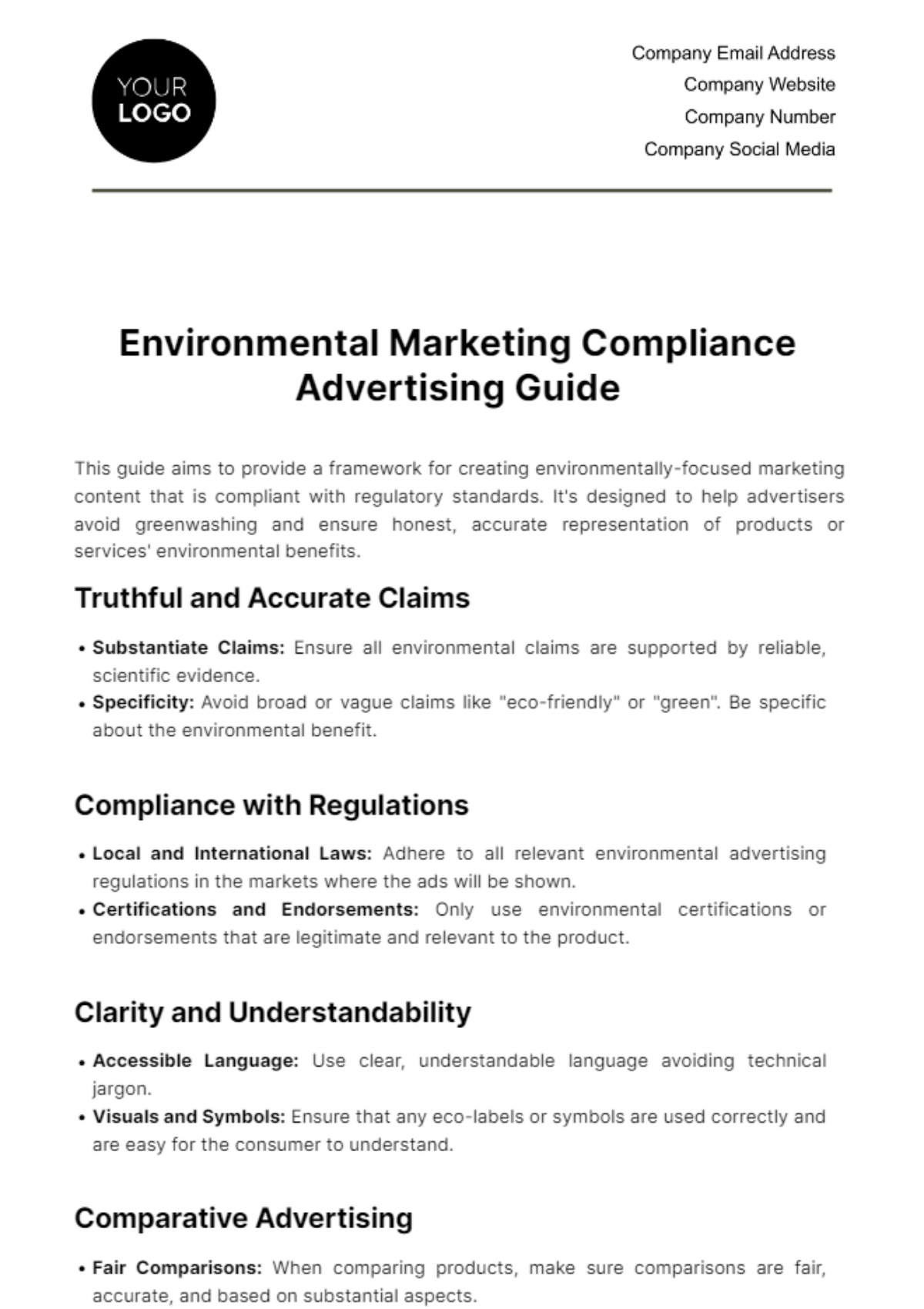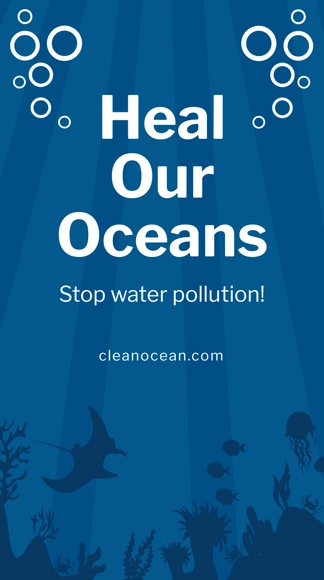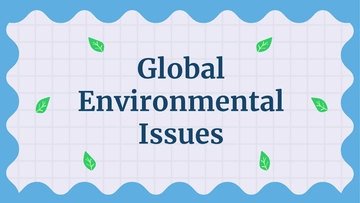Environmental Marketing Compliance Advertising Guide
This guide aims to provide a framework for creating environmentally-focused marketing content that is compliant with regulatory standards. It's designed to help advertisers avoid greenwashing and ensure honest, accurate representation of products or services' environmental benefits.
Truthful and Accurate Claims
Substantiate Claims: Ensure all environmental claims are supported by reliable, scientific evidence.
Specificity: Avoid broad or vague claims like "eco-friendly" or "green". Be specific about the environmental benefit.
Compliance with Regulations
Local and International Laws: Adhere to all relevant environmental advertising regulations in the markets where the ads will be shown.
Certifications and Endorsements: Only use environmental certifications or endorsements that are legitimate and relevant to the product.
Clarity and Understandability
Accessible Language: Use clear, understandable language avoiding technical jargon.
Visuals and Symbols: Ensure that any eco-labels or symbols are used correctly and are easy for the consumer to understand.
Comparative Advertising
Fair Comparisons: When comparing products, make sure comparisons are fair, accurate, and based on substantial aspects.
Context and Relevance: Ensure the comparison is relevant to the consumer and provides a meaningful context.
Avoiding Misleading Impressions
Whole Product Impact: Consider the environmental impact of the entire product lifecycle.
No Overstating Benefits: Avoid overstating the environmental benefit or implying a significant environmental impact when it is minimal.
Regular Review and Update of Claims
Training and Internal Compliance
Employee Training: Train marketing and advertising staff on environmental claim guidelines and regulations.
Internal Review Process: Establish an internal review process for all environmental marketing materials.
Consumer Engagement and Transparency
Feedback Mechanisms: Provide mechanisms for consumer feedback and queries regarding environmental claims.
Transparency: Offer accessible information about the environmental impacts and benefits of products or services.
This guide serves as a basic framework for creating compliant and responsible environmental marketing. Advertisers should always stay informed about the latest regulations and best practices in environmental marketing.
Advertising Templates @ Template.net






























